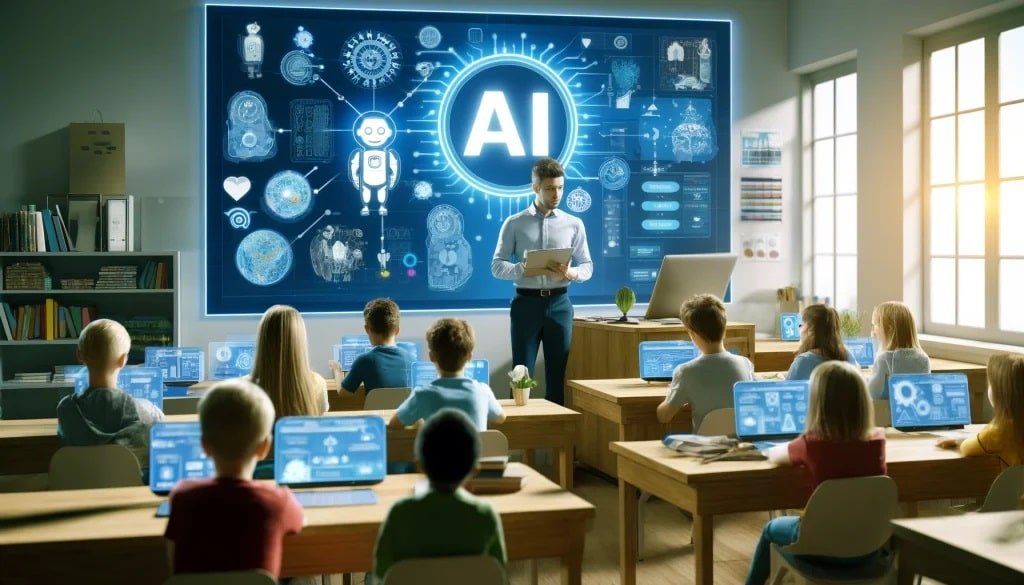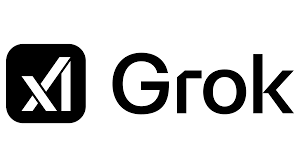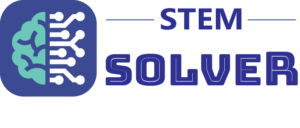
Introduction
Generative Artificial Intelligence (GAI), including tools like ChatGPT, has sparked intense debate in the educational landscape. While AI-powered systems present groundbreaking opportunities for personalized learning and efficiency, some schools and policymakers have responded with outright bans, fearing that AI in education will undermine critical thinking and academic integrity.
However, banning AI in education is a short-sighted approach that fails to prepare students for a future where AI will play a pivotal role in schools, careers, and everyday problem-solving. Instead of resisting this technological shift, educators must embrace AI responsibly, teaching students how to leverage it effectively as a learning tool rather than perceiving it as a threat. AI should not be banned in schools—rather, it should be integrated as an essential educational asset.
Why Banning AI in Schools Is a Mistake
1. Students Will Find Workarounds
Blocking AI platforms like ChatGPT or Gemini may seem like a quick solution, but students today are highly tech-savvy. They can easily bypass AI restrictions using VPNs, proxy sites, or alternative AI tools. As AI becomes more prevalent, educational institutions cannot realistically eliminate access to AI-driven learning resources.
Moreover, AI-powered alternatives continue to proliferate. If one platform is banned, students will simply turn to others such as Claude, Perplexity, or AI tools embedded in search engines like Bing or Google. Restricting AI access will only encourage workarounds, creating an unnecessary battle between educators and students. Instead, schools should focus on ethical AI integration to equip students with responsible AI usage habits.
2. AI Is the Future—Students Must Learn How to Use It
AI is no longer a futuristic concept—it is already shaping industries, including education, healthcare, engineering, marketing, and finance. Just as students once learned how to navigate libraries, then the internet, they must now learn AI literacy to remain competitive in an AI-driven workforce.
-
AI as an Assistive Tool: AI can enhance learning by offering instant feedback, summarizing complex concepts, and personalizing learning experiences based on individual student needs.
-
AI Skill Development: Exposure to AI tools during education prepares students for AI-integrated workplaces, where automation, data analysis, and AI-powered decision-making are essential.
Instead of banning AI in schools, educators should teach how to use AI responsibly, ensuring that students understand its benefits, limitations, and ethical considerations.
3. AI Can Strengthen—Not Replace—Critical Thinking
One common fear about AI is that it will replace human thinking and make students overly dependent on technology. In reality, AI can actually encourage deeper analysis and higher-order thinking skills when used strategically.
-
Enhancing Critical Thinking: Rather than fearing AI-generated essays, educators should redesign assignments to focus on analytical thinking, problem-solving, and creativity—areas where AI falls short.
-
Teaching Responsible AI Use: Students should learn how to verify AI-generated content, recognize biases, and challenge AI-driven conclusions through independent thinking.
AI should not be banned simply because it can generate answers. Rather, students should be guided on how to use AI to enhance intellectual curiosity, rather than relying on it passively.
How AI Can Improve Education
AI has immense potential to revolutionize education for the better. Instead of banning AI in schools, institutions should harness its power to create more engaging, accessible, and efficient learning experiences.
1. Personalized Learning
AI can adapt lesson plans to individual students by analyzing their progress, providing tailored explanations, and offering practice exercises based on learning styles and pace. Personalized AI tutoring can help students struggling in STEM subjects, language learning, or complex problem-solving.
2. Supporting Teachers
AI can automate repetitive tasks, such as grading assignments, generating lesson plans, and providing administrative assistance. This allows educators to focus more on mentorship, discussions, and student engagement, reducing burnout among teachers.
3. Improving Accessibility & Inclusion
AI-powered tools such as text-to-speech, translation services, and adaptive learning platforms help students with disabilities or language barriers access educational content more efficiently. AI fosters an inclusive learning environment by making educational resources more adaptable and available.
4. Encouraging Collaborative Learning
Instead of encouraging rote memorization, AI enables educators to shift toward project-based learning, where students can use AI tools for research while collaborating on hands-on applications.
Addressing Concerns: Mitigating Risks Without Banning AI
While AI presents enormous educational opportunities, schools must implement safeguards to prevent misuse rather than opting for outright bans. Here’s how educators can address AI-related concerns responsibly:
1. Preventing Over-Reliance on AI
Teachers can design assignments that require original thought, peer collaboration, and real-world problem-solving—skills AI cannot fully replicate. This ensures that AI supplements learning rather than replacing cognitive effort.
2. Combating Misinformation & Bias
AI tools may occasionally generate inaccurate information or reflect biases in their responses. Schools should teach students how to critically assess AI outputs, cross-check facts, and identify biases to develop informed perspectives.
3. Protecting Privacy & Security
Educational institutions must implement ethical AI policies to ensure student data is protected and AI tools are used responsibly. By establishing guidelines, schools can oversee proper AI integration without compromising safety.
Conclusion: Preparing Students for an AI-Driven Future
Banning AI in schools is not the solution—rather, schools should embrace AI as an educational tool while teaching students to use it ethically and responsibly. AI literacy is as essential as digital literacy, and avoiding AI altogether leaves students at a disadvantage in a world where AI is increasingly intertwined with careers and daily life.
By adapting curricula, encouraging critical thinking, and integrating AI strategically, schools can turn AI from a perceived threat into an invaluable asset for education. The future belongs to those who learn to work with AI—not against it.






